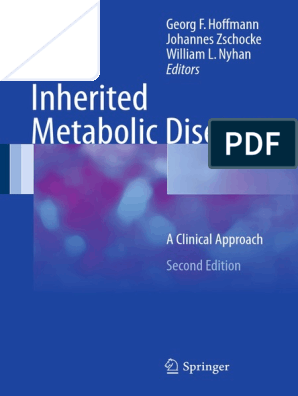0% found this document useful (0 votes)
162 views15 pagesRadiobiology Lecture Notes
Radiobiology is the study of the effects of ionizing radiation on biological tissues and organisms, highlighting both its harmful and beneficial aspects, particularly in medical treatments like radiotherapy. The document discusses the processes of radiolysis, cellular structure, genetic material, and the effects of radiation on DNA, proteins, and lipids, emphasizing the mechanisms of damage and repair. It also covers cell survival curves and the theories of radiation effects, illustrating how different types of radiation influence cellular outcomes.
Uploaded by
kvgrichardCopyright
© © All Rights Reserved
We take content rights seriously. If you suspect this is your content, claim it here.
Available Formats
Download as DOCX, PDF, TXT or read online on Scribd
0% found this document useful (0 votes)
162 views15 pagesRadiobiology Lecture Notes
Radiobiology is the study of the effects of ionizing radiation on biological tissues and organisms, highlighting both its harmful and beneficial aspects, particularly in medical treatments like radiotherapy. The document discusses the processes of radiolysis, cellular structure, genetic material, and the effects of radiation on DNA, proteins, and lipids, emphasizing the mechanisms of damage and repair. It also covers cell survival curves and the theories of radiation effects, illustrating how different types of radiation influence cellular outcomes.
Uploaded by
kvgrichardCopyright
© © All Rights Reserved
We take content rights seriously. If you suspect this is your content, claim it here.
Available Formats
Download as DOCX, PDF, TXT or read online on Scribd
/ 15

























































































